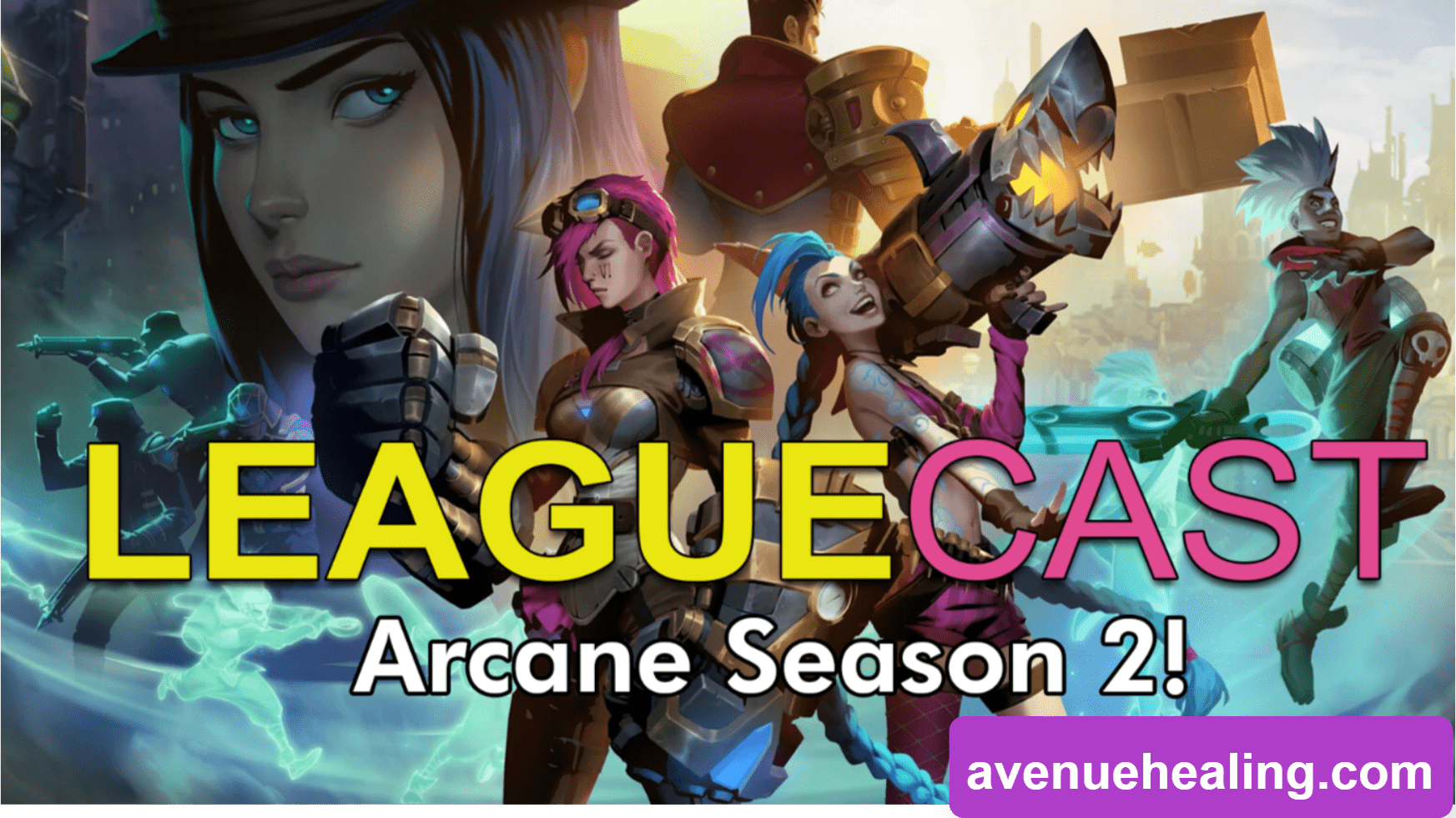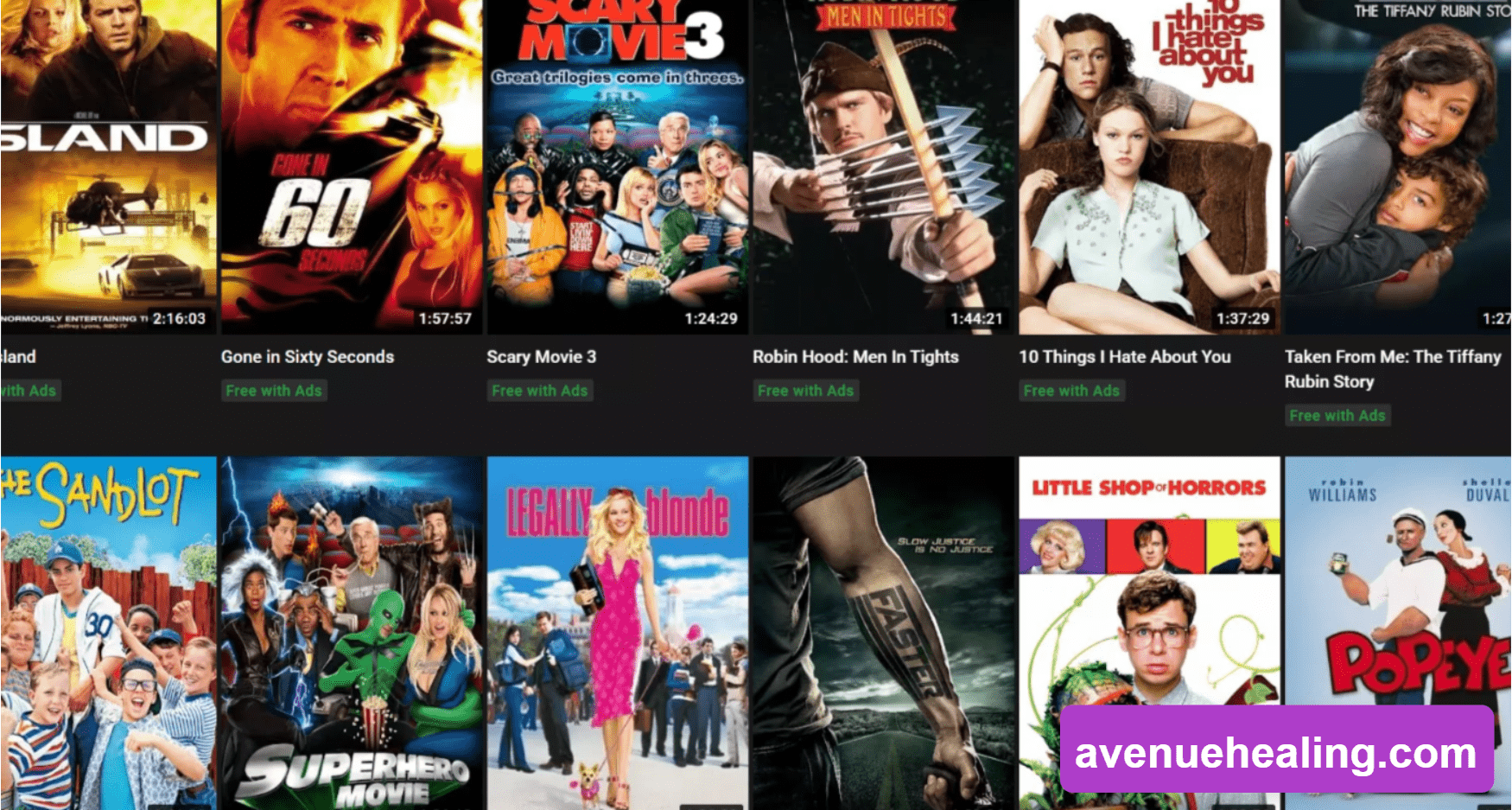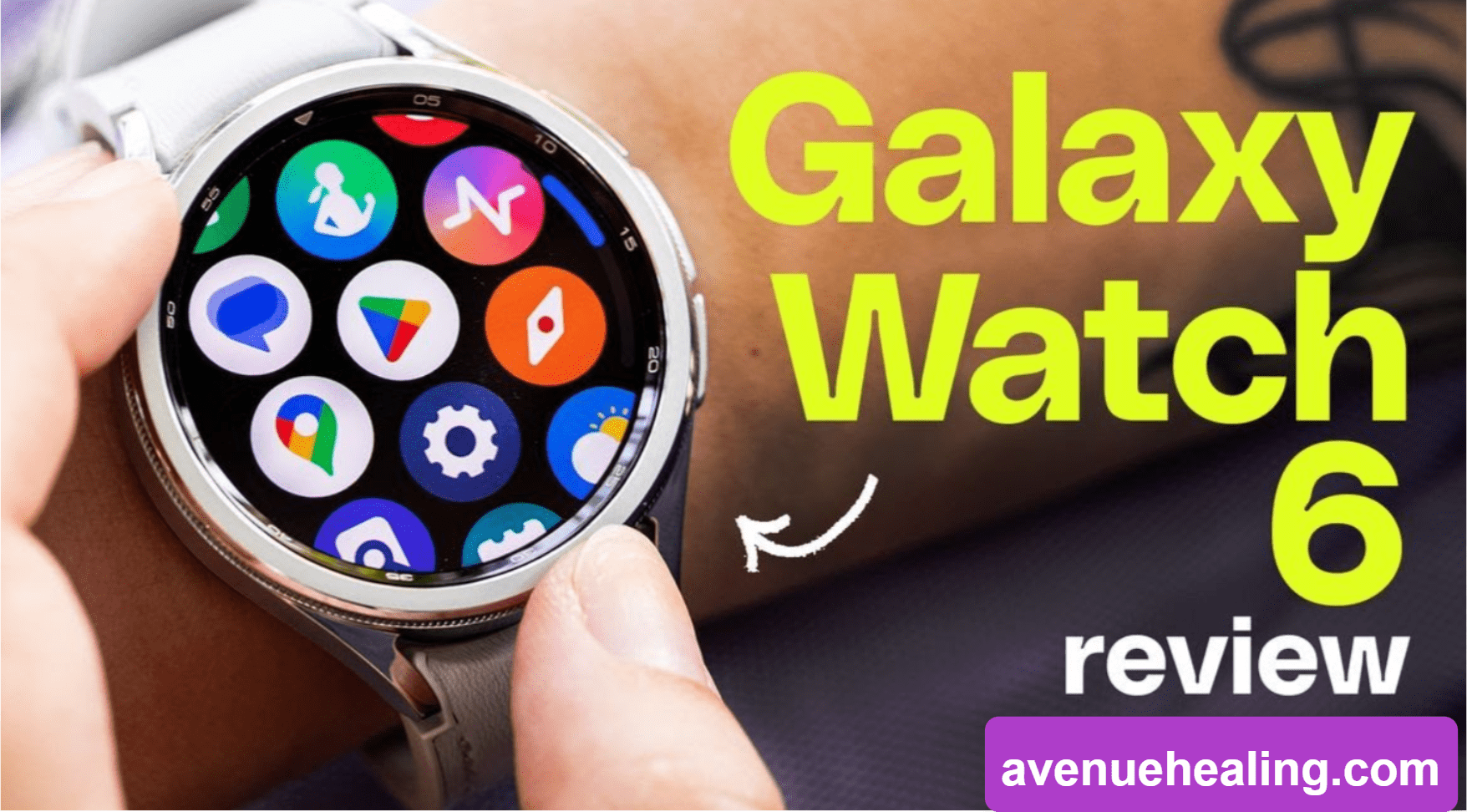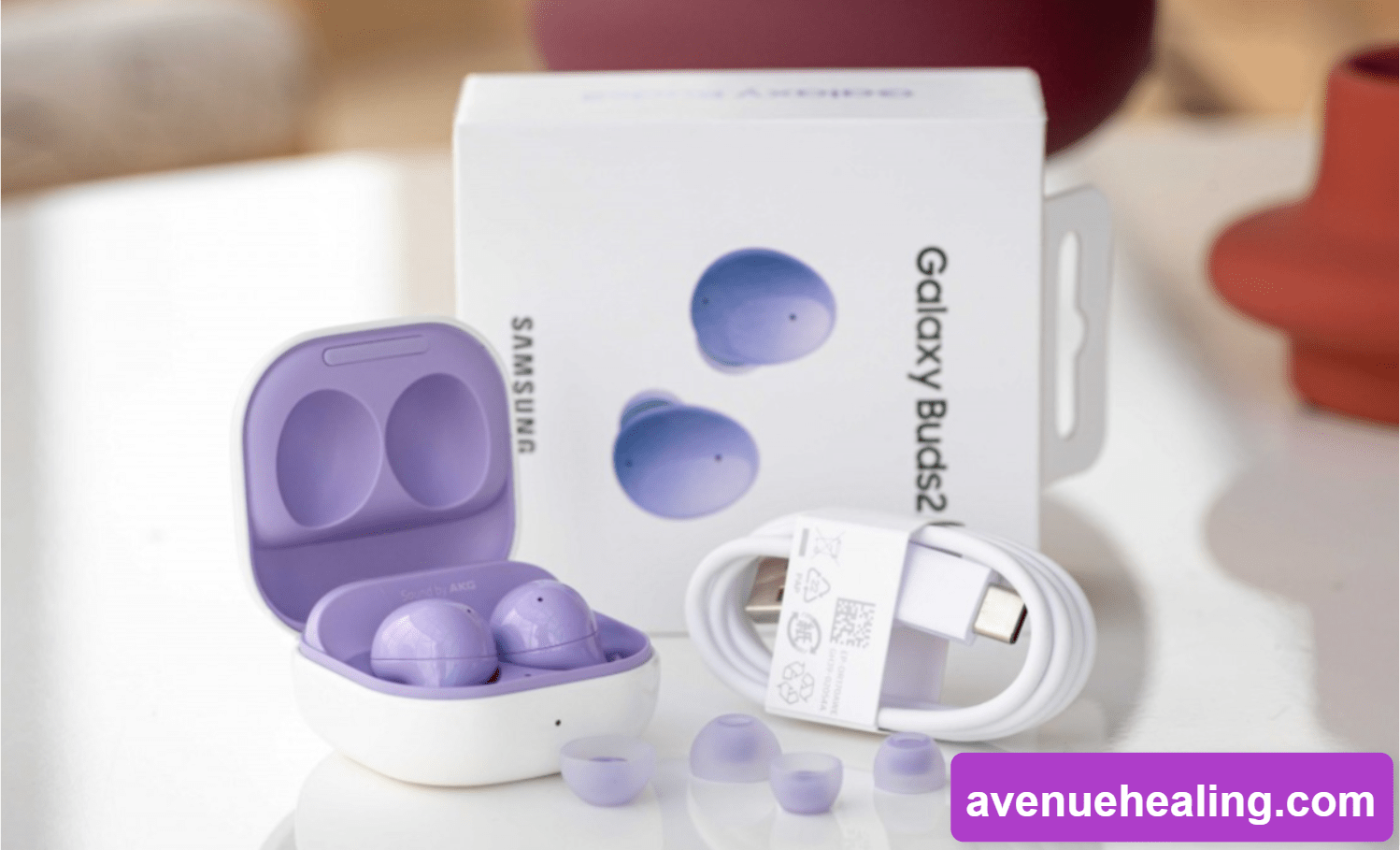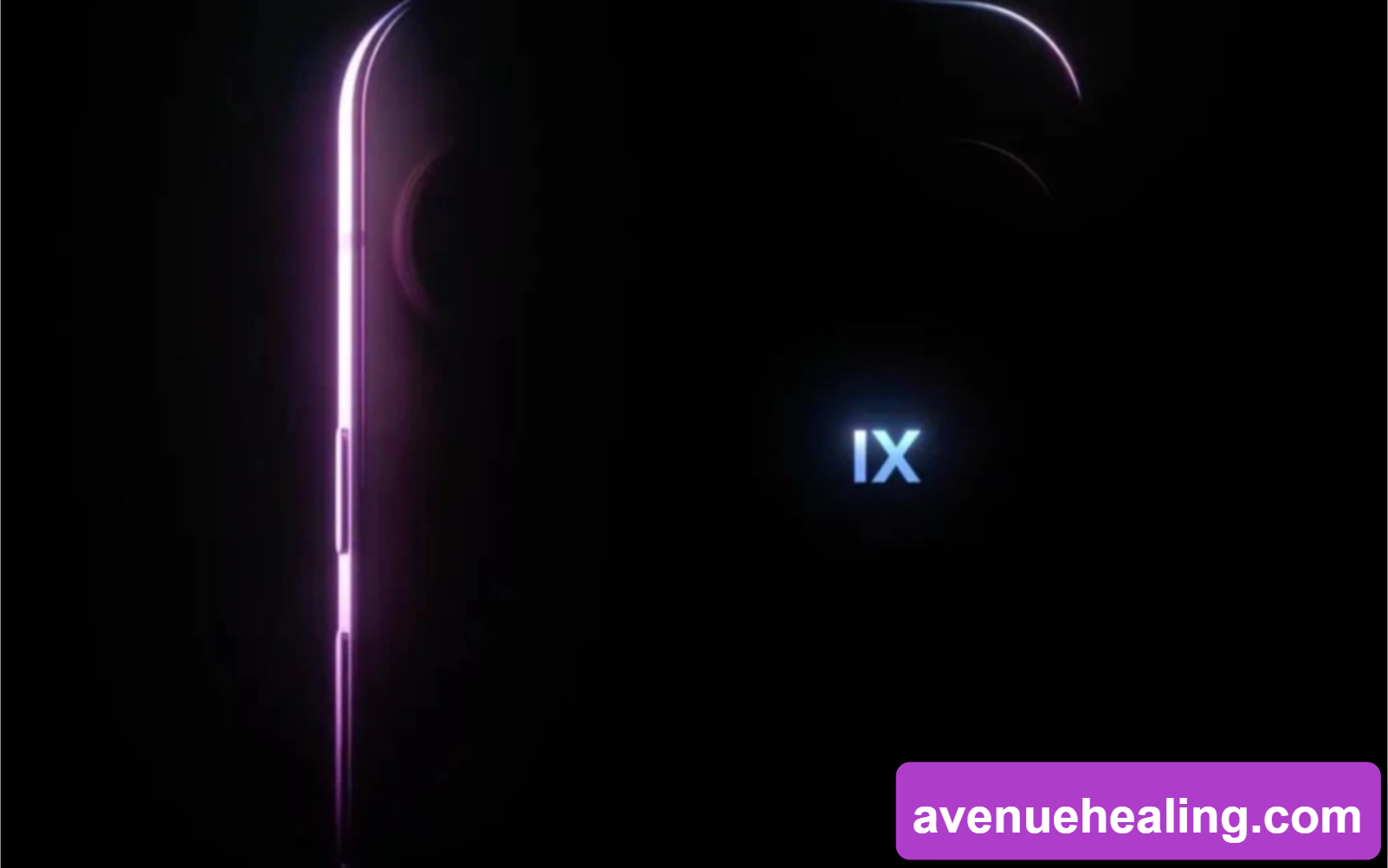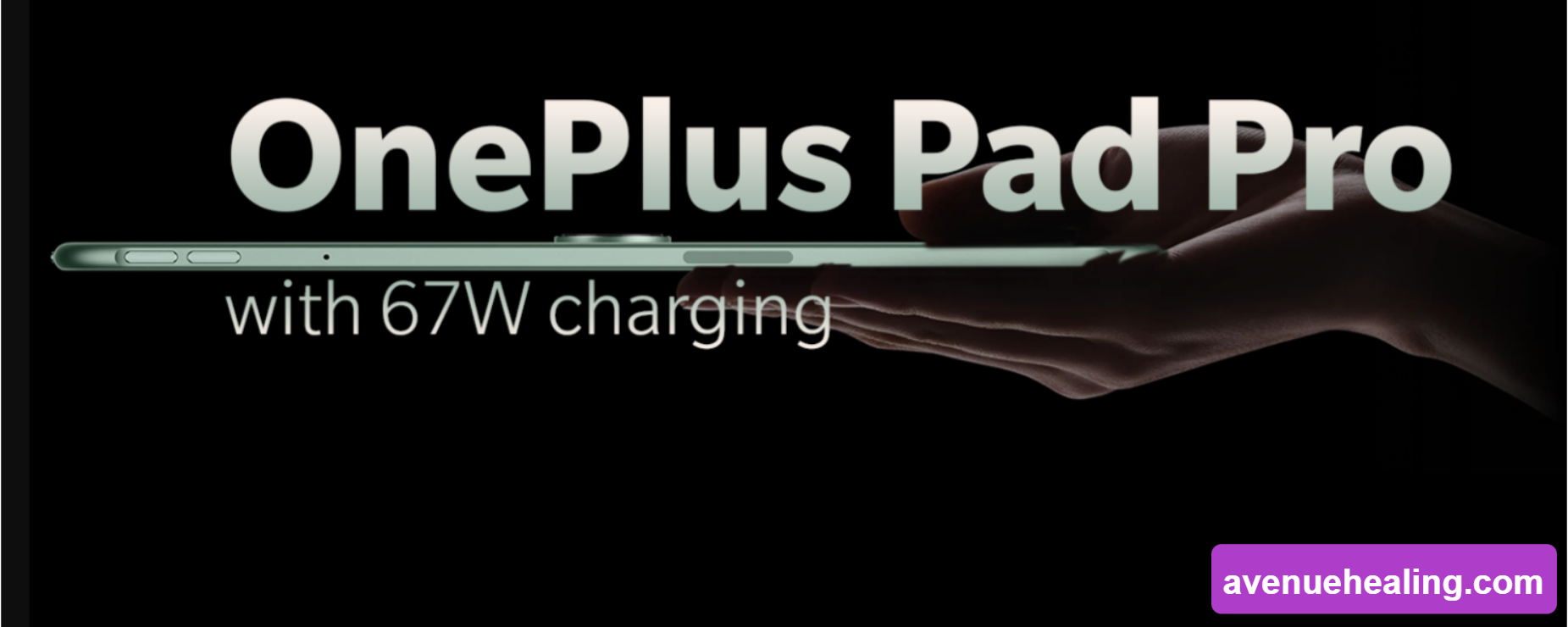
Spotify offers access to millions of songs. Here’s how it works, what it costs, and how it compares to the competition.
Spotify first launched in 2008, about 16 years ago. Much has changed since then, and today, the platform is among the most popular music streaming services, with a considerable lead over other options like Apple Music and TIDAL.
But what exactly is Spotify, what does it offer, and is it worth your hard-earned money? This guide is the place to find answers to all your Spotify questions. Let’s get into it!
What is Spotify?
Spotify is a digital music streaming service that provides instant access to its vast online library of music and podcasts. You can listen to any content of your choice anytime. It is both legal and easy to use.
You will find millions of songs from various genres and artists, from obscure indie rock and top 40 pop to movie soundtracks and classical music. It also has a complex algorithm to recommend music based on your listening history, curated playlists, and internet radio stations.
Podcasts are just as plentiful, so whether you love listening to true crime stories or tech discussions, there is something for everyone. In fact, the company has invested heavily in podcast content, giving them more attention and purchasing podcasting networks like Gimlet Media and Parcast. It even dropped over $100 million on an exclusive multi-year deal with the Joe Rogan Experience.
Best of all, you can use Spotify completely free of charge. The service has a Premium subscription plan, but you can also enjoy an ad-supported version of the platform without spending a cent.
Is Spotify free?
The basic, ad-supported version of Spotify is entirely free. It offers unlimited access to the full catalog of music and podcasts but comes with a few serious drawbacks.
The most intrusive are frequent ad breaks. These can really kill your groove if you’re listening at a party. You’re also limited to just a few song skips, and audio quality is slightly lower at 128kbp/s with the web player and 160kbit/s on desktop and mobile. The free version also doesn’t let you listen to specific songs or control your playlists on mobile, so you’re essentially permanently on shuffle.
Why upgrade to Spotify Premium?
Subscribing to Spotify Premium is a great way to get rid of pesky ads, but there is more to the paid version of the service than you might expect. Here is why Spotify Premium might be worth it for you.
- No advertisements anywhere: This includes both audio and banner ads.
- Better audio quality: If you are an audiophile, Spotify Premium’s upgrade from 160kbit/s to 320kbit/s could be well worth it.
- Downloading songs (sort of): Spotify Premium allows you to download songs for offline listening. However, if you cancel your subscription, you will no longer have access to them.
- Unlimited skipping and no forced shuffling on the mobile app: The free version of Spotify shuffles all playlists and even adds single tracks to shuffled playlists, while only giving you six skips per hour. This only happens on the mobile apps, but it’s frustrating regardless. With Spotify Premium, however, you can skip to your heart’s content.
- Ad-supported Hulu access: You can have this bonus feature if you live in the US and get the student plan.
- Extra features: You will get access to added features, such as the ability to listen with friends, organize the listening queue, and more.
How much is Spotify Premium?
While ad-supported Spotify is always free, the standard Spotify Premium plan costs $12 per month in the US, €11 in Europe, and £12/month in the UK. Click here to see how Spotify Premium’s price differs around the world.
There are no price discounts when paying bi-yearly or yearly, but you can save some money if you choose the Spotify Premium Family plan. It costs $20/month for six separate Premium accounts that can be used by family members living under the same roof. If you’re a couple, you can pay a little less for a shared Spotify Duo account for $17. College students also pay less, with up to 50% off.
So, how much is Spotify Premium? Let’s break it down:
- Premium Basic: $11 per month. This is a newer plan that offers ad-free listening, podcast access, but no audiobook access.
- Individual: $12 per month. Includes access for one user, ad-free music listening, offline listening, and on-demand playback.
- Duo: $17 per month. Includes access for two users from one household, ad-free music listening, offline listening, and on-demand playback.
- Family: $20 per month. This includes access for up to six users from one household, ad-free music listening, offline listening, on-demand playback, explicit music blocking, and Spotify Kids (a separate app just for kids).
- Student: $6 per month. Includes access for one user, ad-free music listening, offline listening, on-demand playback, and access to Showtime.
How to get Spotify premium student discount
To get a Spotify premium student discount, follow these steps:
- Head to the Spotify Student page.
- Select Get Premium or Get started.
- If you already have an account, log in.
- If you don’t have an account, sign up by entering your email, creating a password, and providing personal information. Agree to the terms and conditions and hit Sign up.
- Once you have logged in, Spotify will redirect you to the verification page. Tap Next.
- On Spotify website
- Log in or sign up process
- Verification page
- On the following page, verify your student status by providing the required information, including Country, School, First Name, Last Name, Date of Birth, Email Address, and Mobile Number. Check the box to agree to the terms and proceed by tapping Next.
- On the next page, Spotify may require document verification to confirm your student status. Upload the necessary document and click Continue.
- Once Spotify confirms your eligibility for Premium for Students, tap Get Student Discount.
- Verification page
- Verification by document upload
- Spotify’s Student Premium eligibility confirmation
Does Spotify come with Hulu?
If you’re in the United States, the Student tier of Spotify Premium includes access to ad-supported Hulu free of charge. This represents a savings of $8 a month.
How does Spotify work?
If you have yet to try Spotify, there is no better time than now. All you need is an internet connection and a Spotify account. Here is how to create one:
- Open the Spotify signup page on your PC or your mobile browser. You will be asked to enter a valid email address, create a password, and choose a username. You will also be required to enter your date of birth and gender. Once you’ve done that, click the green Sign up button.
- You can then choose a subscription level. If you are new to Spotify, you can test Premium for a month for free. I recommend giving it a try because it offers many perks you won’t find on the free version.
- All that is left is to download and install the free Spotify app. Here’s Spotify’s official download page. There is a desktop program and, of course, an Android app. Once you have installed the Spotify app, you can start listening on the device of your choice. Your listening history and playlists will be available and synced across devices. If you don’t want to use applications, you can also listen to Spotify in a browser tab through the Spotify web player.
Be warned that the audio quality dips a bit for both paid and subscription versions of the service when using the web player versus the Spotify app. Spotify Free will max out at 128kbit/s on the web player, with Premium only reaching 256kbit/s. Using the apps, you can reach up to 160kbit/s with a free account, or 320kbit/s with Premium.
Discovering Spotify music and playlists
But what about finding music and fun podcasts? Once your Spotify account is set up, your home page is your gateway to discovery. You can browse popular playlists, including top hits from your country, and more. Scrolling down will reveal suggested mood playlists, popular albums, trending hits, podcasts to try, etc.
The more music you listen to, the more customized the experience will become. Once you’ve used Spotify for a while, you will have a Recently played section with all the songs and playlists you enjoy on a regular basis, a Based on your recent listening section with recommendations, and Your heavy rotation with the songs you play the most. Daily Mix playlists will also be generated based on your listening activity. You can find them in the Made for you section of your home page.
However, if you don’t like the generated playlists, you can create your own. Doing so is incredibly easy. On desktop, simply click the Create Playlist option on the sidebar, or visit Your Library in the Spotify app to find the option there. Make sure you give your playlist an appropriate name because you will be given suggestions based on it. For example, naming a playlist 80s rock will provide you with Twister Sister, Guns and Roses, Bon Jovi, and other popular 80s rock artists’ tracks as recommendations.
Don’t worry about finding every song you want to add when creating the playlist. You can add extra songs later by tapping or clicking on the three-dot menu button next to a song and selecting Add to Playlist. If you really enjoy a playlist created by someone else, on the other hand, you can heart it so it appears in your playlist section, too.
You can also avoid making
your own playlists altogether by following friends on Spotify and tapping into their musical collections. To do this, click on your profile picture and tap Find friends. Connect your account to Facebook to make this more accessible.
Using Spotify offline
Even if you don’t have a data plan, you can still use Spotify to listen to music. First, however, you will need to download it to your device. This means you will need a Spotify Premium subscription. It is not possible to download songs without a paid account.
Once you have a Premium account, you can download albums and playlists in just a few steps.
On mobile:
- Open the album or playlist you want to download.
- Toggle the Download switch from off to on.
- Spotify download switch
On desktop:
- Open the album or playlist you want to download.
- Click the down arrow next to the heart symbol.
- Spotify download desktop
Your downloaded content will automatically appear in Your Library section of the app. Keep in mind that even with a Premium subscription, you can’t download individual songs, only playlists or albums.
What platforms does Spotify support?
Spotify supports just about every device out there. Here is a list of devices you can find a Spotify app on:
- PC: Windows, macOS, and Linux. There is also a web player.
- Mobile devices: iOS and Android. Spotify Lite is also available on Android.
- Smartwatches: Most Wear OS devices, some Garmin smartwatches, the Samsung Galaxy Watch series, and the Apple Watch.
- Game consoles: PlayStation 4, PlayStation 5, Xbox One, and Xbox Series S/X.
- Smart speakers and displays: Amazon Echo devices, Google Assistant smart speakers, and smart displays.
- Smart TVs and streaming devices: All Android TVs, some Samsung smart TVs, Roku, Amazon Fire TV, Chromecast, and more.
- Cars: Android Auto, Apple CarPlay, and some other car entertainment systems.
Spotify vs. the competition
Spotify isn’t the only music streaming service on the market, so how does it compare to others like Apple Music and TIDAL? Here is a quick breakdown of the pros and cons of each service.
Spotify vs. Apple Music
Spotify’s biggest competitor is Apple Music, which started later than Spotify but has grown substantially since its launch in 2015. Both services are very similar, with over 100 million songs available to stream. Both have a wide variety of podcasts and offer offline downloads.
Spotify still has a big edge in podcasts, thanks to its substantial investments in the format. It also offers a free tier, which Apple Music lacks. If you have invested heavily in the Apple ecosystem, Apple Music may be worth a try, but otherwise, Spotify’s rich library and recommendations make it a clear winner.
Spotify vs. TIDAL
TIDAL is a music streaming service initially launched by Jay-Z, which differentiates itself with Hi-Fi music streaming. This makes it a great choice for audiophiles, but the higher price tag of $20 a month will put off more casual listeners. Spotify plans to add Hi-Fi streaming soon but currently maxes out at 320kbps. Like Apple Music, TIDAL lacks a free tier.
Spotify vs. YouTube Music
YouTube Music is another worthy competitor to Spotify. It has a similar pricing structure, but its free tier is even more limited than Spotify’s. You can’t play music in the background or download tracks, even with a paid subscription. However, the service has a unique feature: the ability to find and play just about any music video or remix on the YouTube platform. If you prefer live performances and rare tracks, YouTube Music is worth a look.
FAQ
How do I cancel my Spotify subscription?
You can cancel your Spotify subscription by logging into your account on the Spotify website, navigating to the subscription page, and selecting Cancel Subscription.
Does Spotify have audiobooks?
Yes, Spotify has a limited selection of audiobooks available for purchase.
Can I upload my music to Spotify?
If you are an artist, you can submit your music through Spotify for Artists. Regular users can add local files to their playlists but cannot upload tracks to Spotify’s catalog.
Is Spotify available worldwide?
Spotify is available in 184 countries as of 2024, covering most regions of the globe.
What is Spotify Wrapped?
Spotify Wrapped is an annual summary of your listening habits provided at the end of each year. It includes your most-listened-to songs, artists, and genres, as well as fun statistics about your listening habits.
How do I share music from Spotify?
You can share music from Spotify by clicking the Share button and selecting a method (social media, direct link, etc.).
Does Spotify have lossless audio?
Spotify has announced plans to add Hi-Fi (lossless) audio, but it is not yet available.
How do I change my Spotify username?
You cannot change your Spotify username, but you can change your display name in the app settings.
